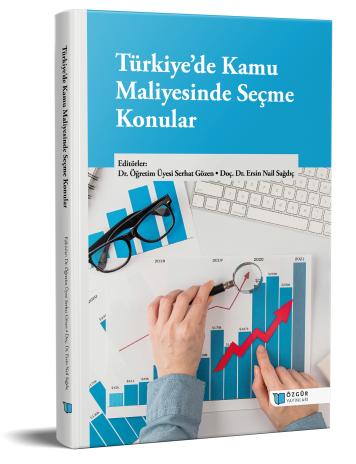
Türkiye’de Kamu Dış Borçları ve Kamu Harcamaları Arasındaki İlişkinin Analizi
Şu kitabın bölümü:
Gözen,
S.
&
Sağdıç,
E.
N.
(eds.)
2024.
Türkiye’de Kamu Maliyesinde Seçme Konular.
Özet
Kamu dış borçları ödendiği dönemler dikkate alındığında milli geliri azaltan ve vergi gelirlerini artıran bir etkiye sahiptir. Bunun yanında faiz ödemeleri ile kamu harcamalarını artırıcı bir etkiye sahiptir. Fakat kamu dış borçları genel itibariyle uzun vadeli uygulandığı düşünüldüğünde söz konusu borçların gelecek nesillere aktarılan bir yük olarak nitelendirilebileceği açıkça söylenebilir. Diğer bir ifadeyle kamu borçları gelecek nesillere aktarılan ek bir vergi yükü veya kamu harcaması olarak karşımıza çıkmaktadır. Bu bakış açısından hareketle bu çalışmanın odak noktası kamu dış borçları ve kamu harcamaları arasındaki ilişkiyi incelemektir. Buradan hareketle bu çalışmada 1990-2023 dönemi için kamu harcamalarının kamu dış borçlarına etkisi Türkiye özelinde ARDL analizi ile araştırılmıştır. Çalışmada elde edilen ARDL eşbütünleşme test sonuçları, Türkiye’de uzun dönemde kamu harcamaları ve kamu dış borçları arasında pozitif yönde bir ilişki olduğunu göstermektedir. Başka bir deyişle, kamu harcamalarında meydana gelen %1'lik bir değişim uzun vadede kamu dış borcunda %0,23'lük pozitif bir değişime neden olmaktadır. Ayrıca nedensellik testi sonuçları, kamu harcamaları ile kamu dış borcu arasında çift yönlü bir nedensellik ilişkisinin varlığını ortaya koymuştur.

